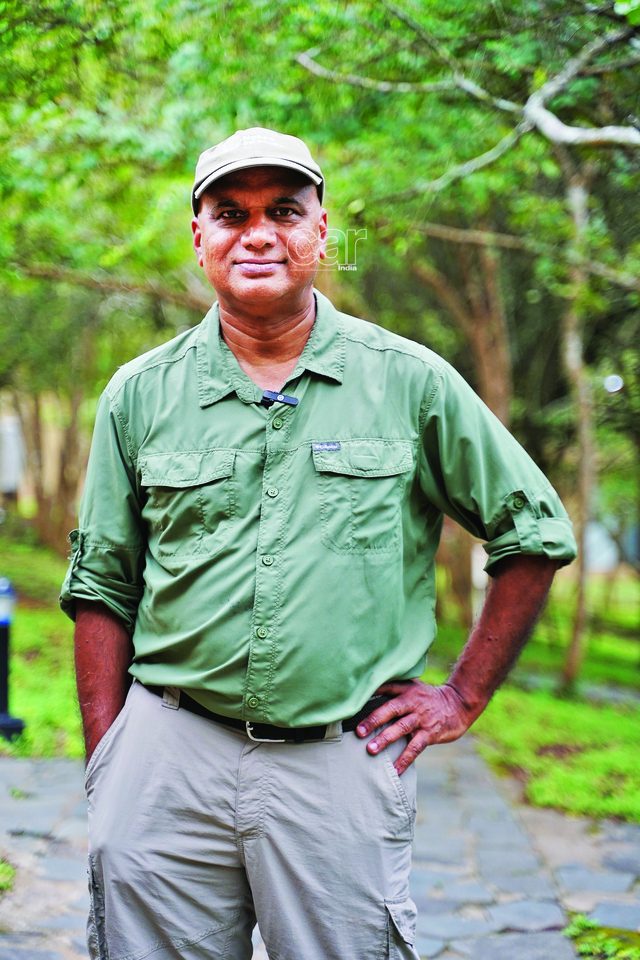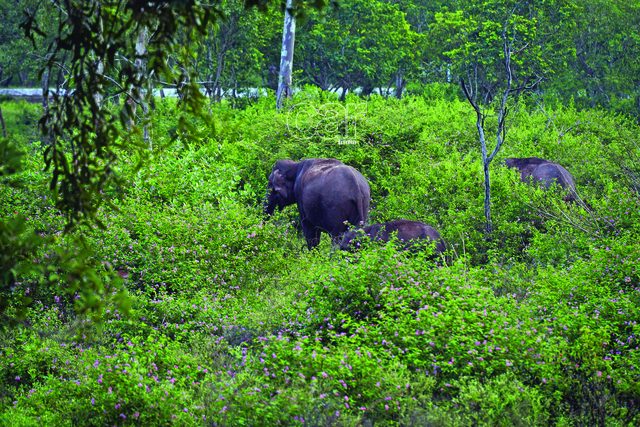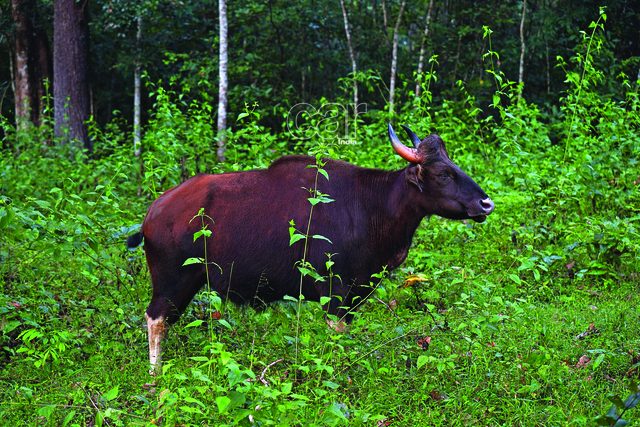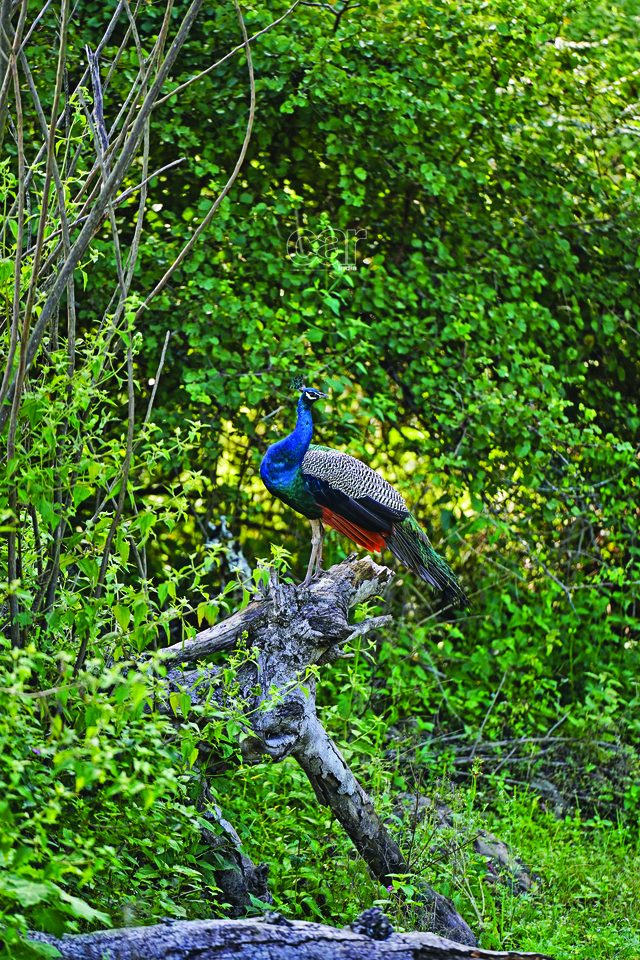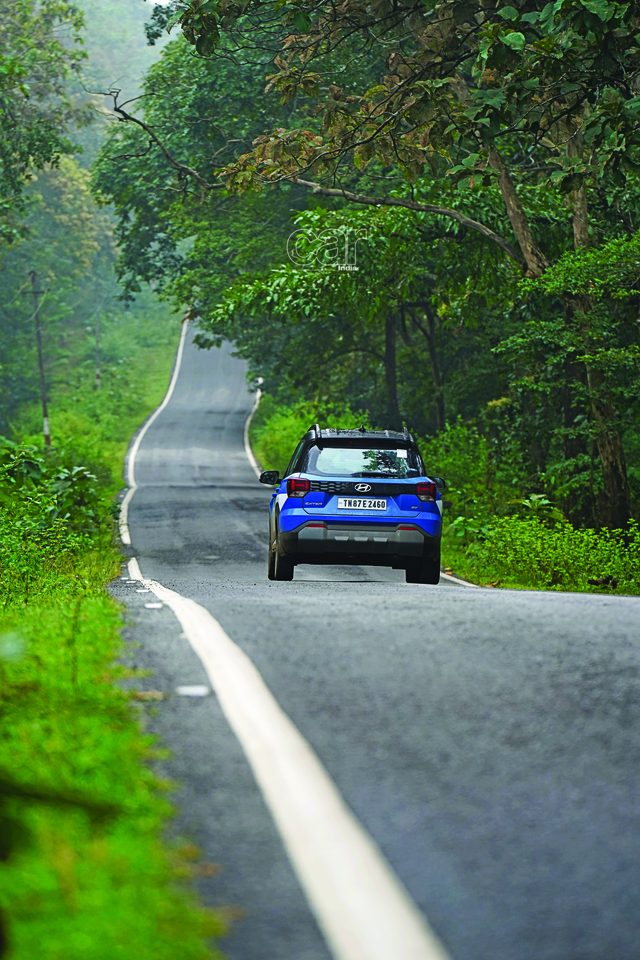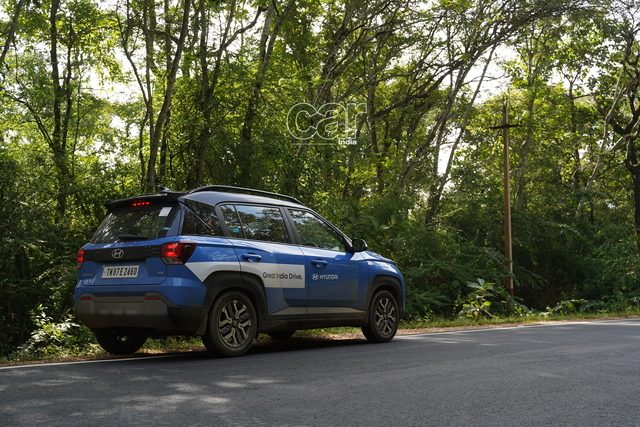Hyundai’s Great India Drive was an eye-opener for us city-dwellers. The Exter played a crucial supporting role as we explored not one but two tiger reserves.

Story: Joshua Varghese
Photography: Apurva Ambep and Shanmuga Kumar
With the Great India Drive (GID), Hyundai have given us car enthusiasts many interesting perspectives. Their themed drives over the years challenged us to bring you motoring content with a unique and specific flavour. This time, in its seventh edition, we got to explore a side of India that many may not be aware of. We are currently in the 50th year of the world famous “Project Tiger” and the GID took us deeper into this programme that made us proud on the global stage. Here follows our experience of this drive and the events that led to our “tiger moment”. The GID also gives us a chance to thoroughly test and experience the latest cars by Hyundai. What is a better test of a road car than a proper road trip? The compact and capable Exter was our companion for this particular journey.
We were flagged off in style from Coimbatore, Tamil Nadu, and the convoy headed north-west towards the Bandipur National Park. With a bright blue AMT Exter for company, not only were we able to filter through traffic easily but we looked good doing so. Three-digit cruising speeds were well within the Exter’s capability but we did not cruise along for long because we had to leave the highway and head towards the Nilgiris biosphere.
The contrast in scenery was drastic. Dusty highways flanked by a few trees were slowly replaced by an excellent forest cover through which snaked a lovely road. The Exter’s handling prowess ensured that I was kept entertained behind the wheel and its compact dimensions were perfect for the dual-carriage road. It was easy to squeeze by buses and trucks around hairpins in the Exter.
Sarath Champati, naturalist, tour leader, and wildlife film-maker, joined us on this trip and his insights made the drive more meaningful. From spotting the giant wood spider to explaining the impact of the tiger on the ecosystem, he was full of surprises. After each corner, some new interesting titbit about wildlife would come crackling over the radio. In a way, it felt like listening to a live podcast. The only difference was that we could ask him our questions and get crisp and informative responses in return. With the Exter flowing along the twisty roads and Champati’s expansive knowledge of wildlife, hours passed like minutes. Soon, we were at one of the oldest tiger reserves in India: Bandipur National Park. That evening, we were treated to the exclusive premiere of a documentary film on Project Tiger. It was put together well and delivered just as brilliantly. In due course, it will be available for public viewing too. Until then, allow me to walk you through the highlights.
In 1972, there were only 1,827 tigers in India. In case you are wondering, it was nothing to be proud of. The rest of those stunning big cats were either shot for game or poached. At the time, Indira Gandhi was the Prime Minister of India and she made the bold decision to put her foot down and save these magnificent beasts from a genuine and impending danger of extinction. She set up a special task force for tiger conservation and Project Tiger was launched on 1 April 1973. Some may not have taken it seriously because of the date. Anyway, the future looked bright for the regal cats and the momentum of the project carried on for almost two decades with tiger numbers peaking at 4,334 in 1989.
That is when an old enemy reappeared: poaching. A lucrative market for tiger skins and skeletons flourished outside India and our animals were trapped and killed mercilessly. By 2006, the numbers had fallen to an all-time low of 1,411 tigers. That was a long overdue wake-up call. Many animals were going extinct around the planet at this time due to inconsiderate levelling of forest cover. Thankfully, those in power realised the seriousness of the situation and Project Tiger was back in full swing. Today, we can proudly say that we have more than 3,000 tigers in India.
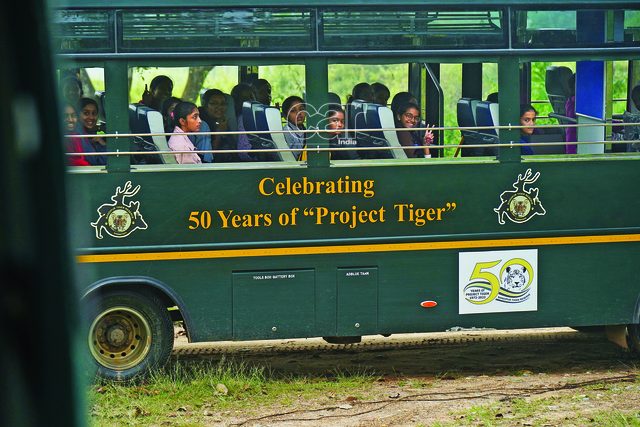
Project Tiger is the most successful tiger conservation programme in the world. India accounts for more than 70 per cent of global tiger population. What began at the Corbett National Park and eight other reserves in 1973 has now grown to 53 such facilities across the country. It is something we can be proud of and shout from the rooftops. Sure, mistakes were made along the way but our forest officials and staff worked tirelessly to bring it back on track, making the 50th year of the programme extremely special.
Under the able guidance of Champati, we had an enlightening experience on the safari in Bandipur. He showed us that there is more to a safari than just craning one’s neck around looking for the big cat. We were able to spot a variety of animals and birds that we may not have seen anywhere else. In addition to offering a beautiful drive to the reserve and further improving it with unmatched biodiversity, Bandipur gave us many moments to remember. Meanwhile, the Exter was an ideal companion in this experience. The smooth and timely shifts by the AMT allowed me to sit back and take in the glory of the forest without being interrupted even once.
Some say that seeking a tiger is like seeking God. Only a lucky few are rewarded with a sighting on their first attempt. To increase our chances, we visited the Kali tiger reserve in the Anshi-Dandeli region. It is one of the newer sanctuaries that have been established thanks to the success of Project Tiger. It is not as well known as Bandipur and, therefore, experiences lesser tourist turnout. In the hope that it would increase our chances of a spotting, we set out the following morning. Kali is a good 12-hour drive from Bandipur and the Exter delivered all that we asked of it. Despite pouring rain, the compact car took the beating like a champ and we were able to reach Kali in good time.
The Kali tiger reserve is an evergreen forest with a dense vegetation cover. Yes, that does make spotting more difficult but it was worth a shot. Despite being in the same state, there is a significant difference between the Kali and Bandipur reserves. Having gone for an early morning safari in Bandipur, we decided to try our luck during evening at Kali. The absence of a knowledgeable naturalist like Champati hit us hard, most of the forest seemed properly alien to us city-dwellers. Even so, we were able to spot a few beautiful animals including deer, Indian gaur, and a few non-venomous snakes. The tiger remained elusive, though.

The closest we came to seeing one was a five-hour-old pug mark in Bandipur. Honestly, when I set out for this drive, I expected my “tiger moment” to be a close-up sighting of the beautiful big cat. However, even though that did not materialise for me this time, Sarath Champati was crucial in giving me a new perspective. From his explanation, one thing was clear as day. Every creature in the jungle has a role to play. From a termite to the fierce predator, the weight of the jungle is borne by all of them equally. It is their discipline regarding their respective duties that keeps the jungle alive. Their lack of greed is what maintains the balance. Perhaps, it is something we can learn from them. To maintain an ecosystem, everyone is essential. In this case, the tiger was the face that woke us up from a slumber of indifference. By saving the tiger, we may just have saved many generations to come. That was my tiger moment. The responsibility of preserving an ecosystem lies equally with all of us.
Watch the full video here:


